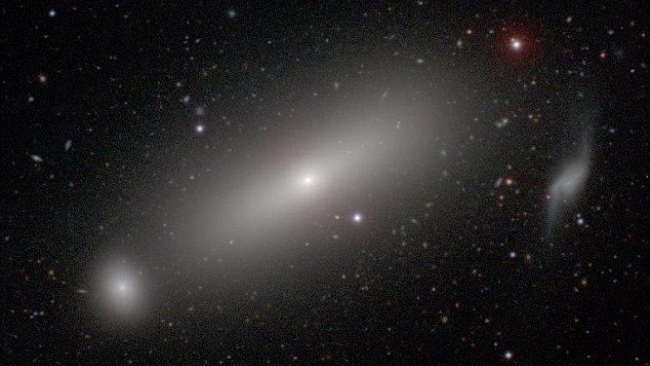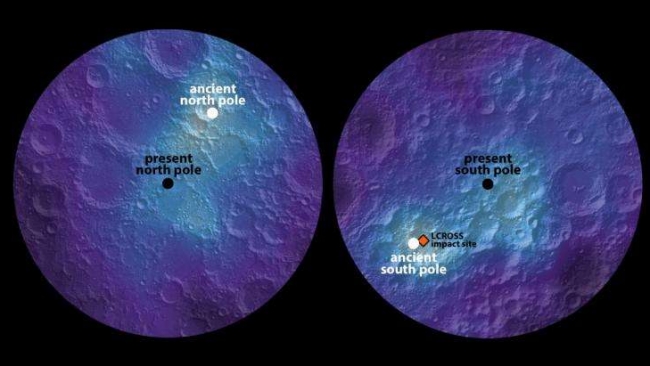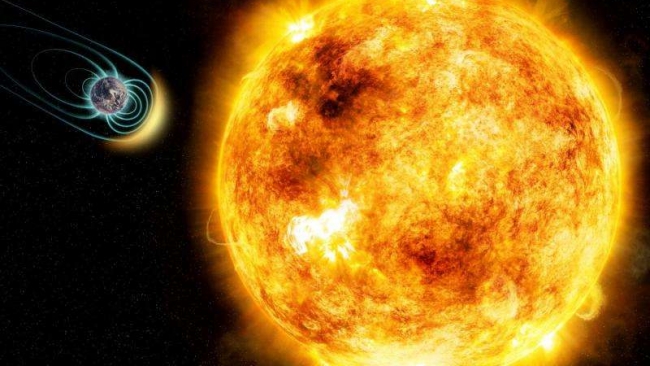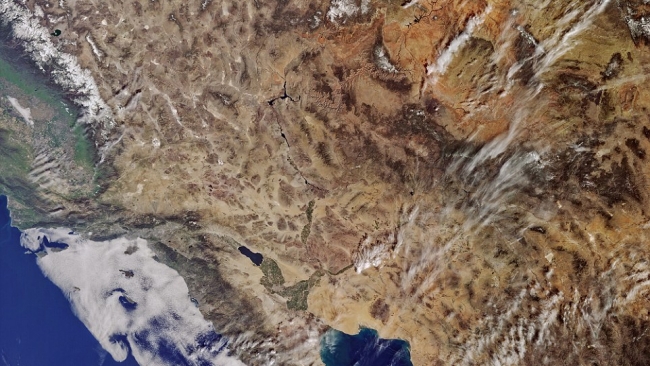Astronomers find a supermassive black hole with the mass of 664 million suns

Despite sitting in a galaxy 73 million light-years from Earth, astronomers have managed to determine the weight of a supermassive black hole. The cosmic void is found at the heart of galaxy NGC 1332 in the Eridanus Group and measurements suggest it weighs the equivalent of 664 million solar masses. Describing the measurement as providing 'unprecedented' accuracy, the astronomers said it will help them determine the fate of large galaxies in the universe. In fact, this measurement is so accurate, the researchers said it is the equivalent of 664 million solar masses, +/- one solar mass. A critical measurement for this is the ratio of the mass of a galaxy to the mass of the black hole at its centre. It is believed all large galaxies form around a supermassive black hole, providing a powerful gravity field and devouring any stars or other matter that approaches too close. By comparing the mass of the galaxy to the mass of the hole, astronomers can determine which of the two is growing more quickly. This in turn points to the likely fate of the galaxy and, perhaps, the wider universe. To weigh this supermassive black hole, a team at Rutgers University, led by Professor Andrew Baker, used the Alma radio telescope array in Chile. Alma, the Atacama Large Millimetre/submillimetre Array, consists of 66 moveable radio telescope dishes located at high altitude in the Andes Mountains. The telescope is at 16,400 feet altitude and in a very dry location. This improves the resolution at the wavelengths it studies. This high precision instrument was able to detect the carbon monoxide gas swirling around the black hole, which is about 73 million light-years away in the constellation Eridanus. By measuring the Doppler shift of the gas, its rotational speed was calculated at up to 1.1 million miles per hour. This enormous speed could only be achieved in the gravity field of a black hole weighing 664 million solar masses. Reporting the findings in the Astrophysical Journal Letters, Professor Baker described the Alma instrument as the world's largest astronomical project and one which has already provided new insights. 'This has been a very active area of research for the last 20 years, trying to characterise the masses of black holes at the centres of galaxies,' he said. 'This is a case where new instrumentation has allowed us to make an important new advance in terms of what we can say scientifically.' THE ALMA TELESCOPE The Atacama Large Millimetre/submillimetre Array, Alma, began operations in 2011 and provides a uniquely high-resolution view of the universe at millimetre wavelengths. Its 66 radio dishes can be moved automatically to provide a 'zoom lens' facility. Its main array includes 25 dishes of 12m diameter, with four further dishes of this size plus 12 smaller, 7-metre antennae. Alma is a joint venture of the US National Radio Astronomy Observatory, European Southern Observatory, and the National Astronomical Observatory of Japan.
Source: Daily Mail
Fri 6 May 2016 at 07:25





